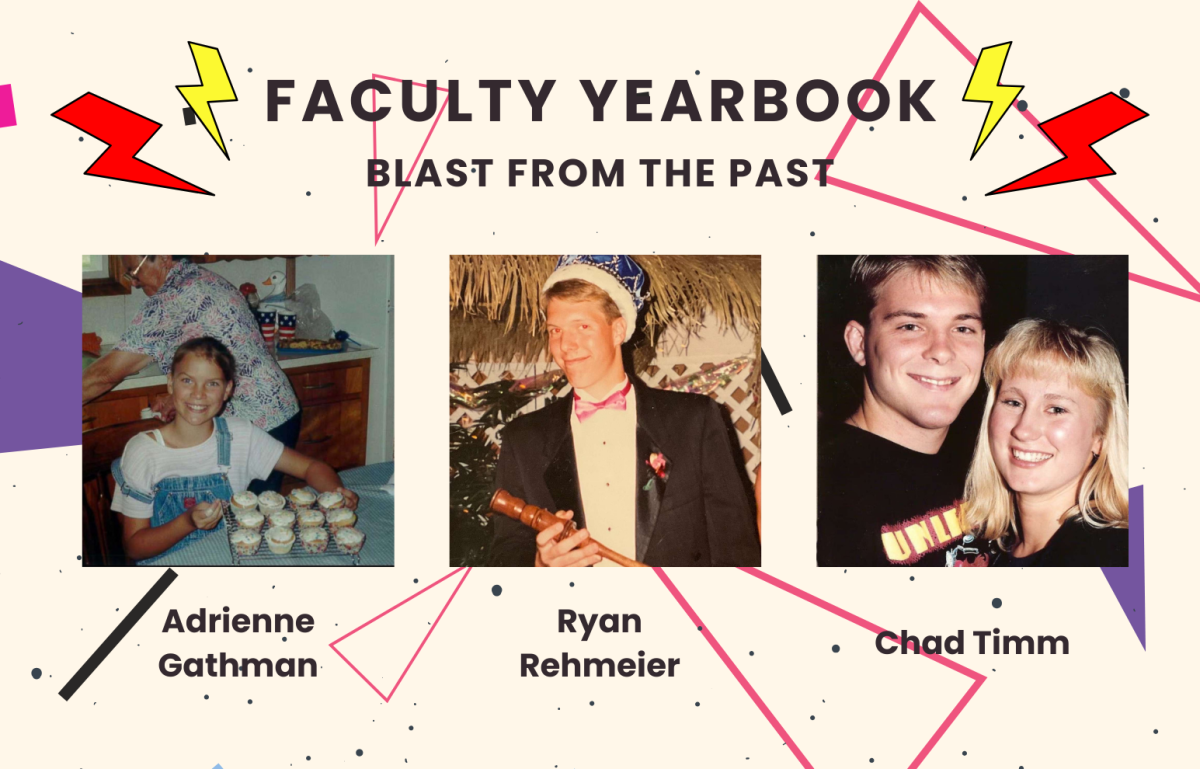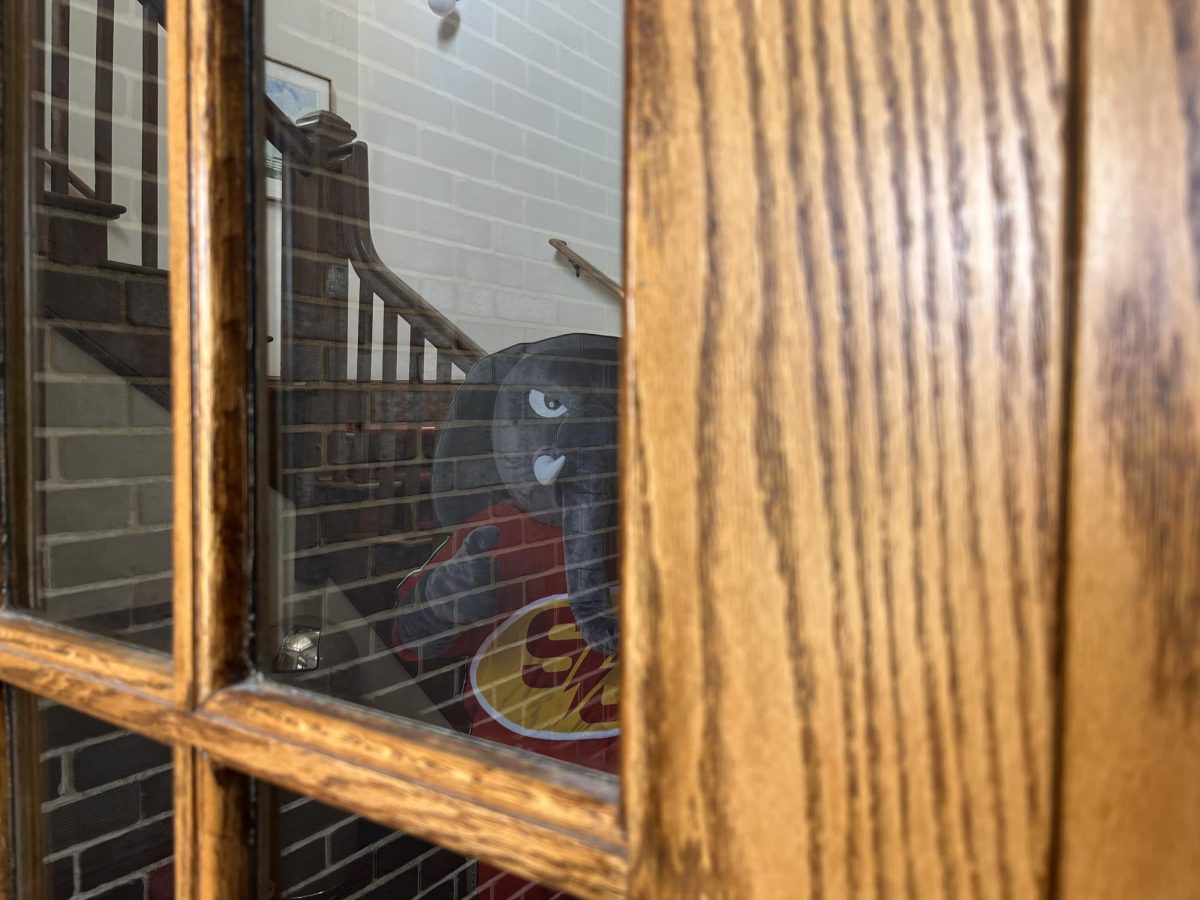Students struggle to fill out FAFSA
March 21, 2016
At the start of each year, college students start filling out the FAFSA, which stands for Free Application for Federal Student Aid, some by themselves and some with the help from their parents.
The form is used to determine the amount of money a family is expected to contribute to the price of attending a college.
The results of the FAFSA are used in determining student grants, work study and loan amounts. The federal aid deadline this year is June 30.
Simpson President Jay Simmons announced earlier this year the board of trustees voted to approve a 4 percent increase in tuition, raising the comprehensive fee for the 2016-2017 academic year to $43,839.
One-hundred percent of Simpson students receive some form of financial assistance. Financial experts are available to help students and parents explore scholarships, grants and loan opportunities.
With the FAFSA deadline approaching, the potential for students and parents scrambling for ways to earn the financial means to afford a college education is high. A common way that is used to help fund college is to take out student loans.
A loan is a sum of money advanced to a business or school that must be repaid.
Interest is collected throughout the debt of the loan. Typically, most students or parents repay the loans following the end of the students’ education. Loans are deferred for six months after a student graduates from college.
Another way to help fund a college education are finding scholarships and grants. Simpson offers a variety of financial assistance based on merit and talent.
“I need to work because I have to have money to pay for college,” sophomore Amanda Aasland said. “I have been working since freshman year and average around 20 hours a week. It is incredibly stressful being a full-time student and working, but it is necessary to pay for my college education.”
Due to the expenses and debt college can bring, some students find themselves waiting to attend graduate school until they are financially stable.
A 2014 Buzzfeed survey showed that in the early 1970s, a college student only had to work less than 300 hours, about seven and a half weeks, of full-time work to afford the average in-state tuition and required fees.
In 2016, the average student needs to work more than 1,000 hours, about 25 weeks of full-time work to afford the average in-state tuition.
In recent years, Simpson students have increasingly felt financial strains as the cost of tuition continues to rise. Despite the increase, Simpson is still one of the least expensive private colleges in Iowa.
“The rise in tuition is really stressful because tuition is already high enough,” freshman Liz Nimmo said. “Attending a private school is beneficial for my education, however affording it is tough. I am a work study in the Athletic Communications Department to help fund my education.”
“The investment you make in pursuit of your bachelor’s degree is not insignificant and we are committed to providing you the resources and the opportunities to make it a reality,” Simmons said in an email to the Simpson community. “We actively and continually look for increased non-tuition revenue streams. We will likely embark in the coming year on a Capital Campaign designed in part to boost Simpson’s endowment, meaning additional scholarship money would be available for our students.”
For a list of scholarships and financial assistance information, visit simpson.edu.






